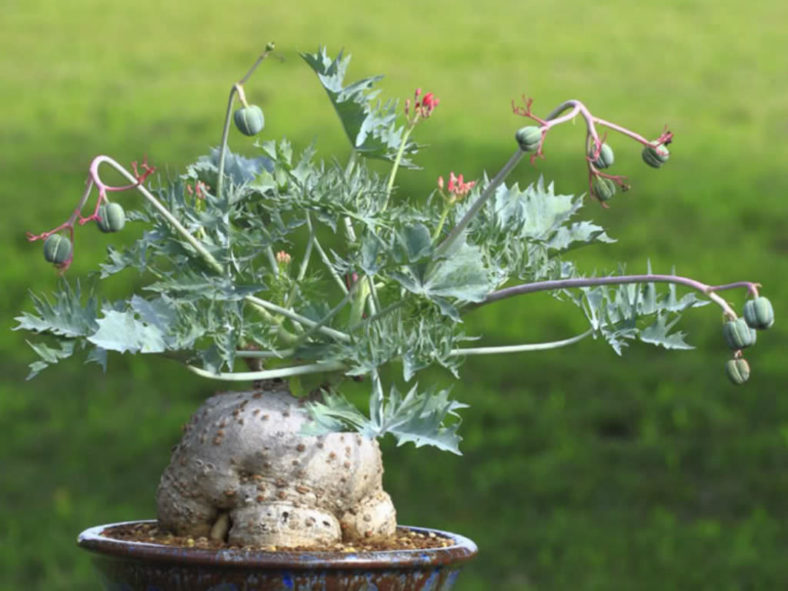Jatropha is a genus that includes a very wide variety of plants native to the warmer regions of the world. They range from tropical to semi-arid subtropical plants that resemble succulents in their growth patterns. Depending on where you live, you might see different types of Jatropha. One of the most popular in the United States nursery trade is the Jatropha integerrima, which is grown for its sprays of shocking and beautiful red flowers.
Like many species in the Euphorbiaceae family, these plants are toxic and should not be located in areas where curious children or pets might decide to sample them. However, if you have the right location and safety is not a concern, these are wonderful plants for their ease of cultivation and beauty.
Growing Conditions
Light: It somewhat depends on the species, so ask your garden center staff. Many Jatrophas prefer bright and sunny conditions, while others thrive in partial shade.
Water: Provide regular water during the growing season and reduce watering during the winter. Immaculate drainage is important, and some species are very drought-tolerant.
Soil: A rich, typical potting mix will do fine. Provide lots of coarse drainage material and get into the habit of watering daily.
Fertilizer: Feed with a weak liquid fertilizer throughout the growing season.

Propagation
Jatrophas can be propagated by seeds (if you are fortunate enough to get sides) or stem cuttings. To take stem cuttings, remove a small piece of stem, dip it in a rooting hormone, and then put it into a small pot with seedling starter soil. Place the pot in a warm, bright place and wait for new growth to emerge.
Repotting
Annually, at the beginning of the growing season. Many species are naturally small shrubs that grow up to 15 feet (4.5 m) tall. To keep your indoor container plant manageable, trim it to size and possibly root prune older plants. Large plants should be refreshed occasionally by removing the top several inches of potting soil and replacing it with fresh soil.
Grower's Tips
The key to growing successful Jatrophas is to achieve the proper balance between moisture and drainage. They typically appreciate a steady water supply, but the most popular species cannot tolerate being submerged or soaked and will quickly succumb to root rot. Many popular species make excellent small trees for a conservatory or sunny corner. Keep them well-pruned so they do not outgrow their space too soon. Jatrophas are vulnerable to pests, including aphids, mealy bugs, scale, and whitefly. Identify the infestation as early as possible and treat it with the leave toxic option.
Links
- Back to genus Jatropha
- Succupedia: Browse succulents by Scientific Name, Common Name, Genus, Family, USDA Hardiness Zone, Origin, or cacti by Genus